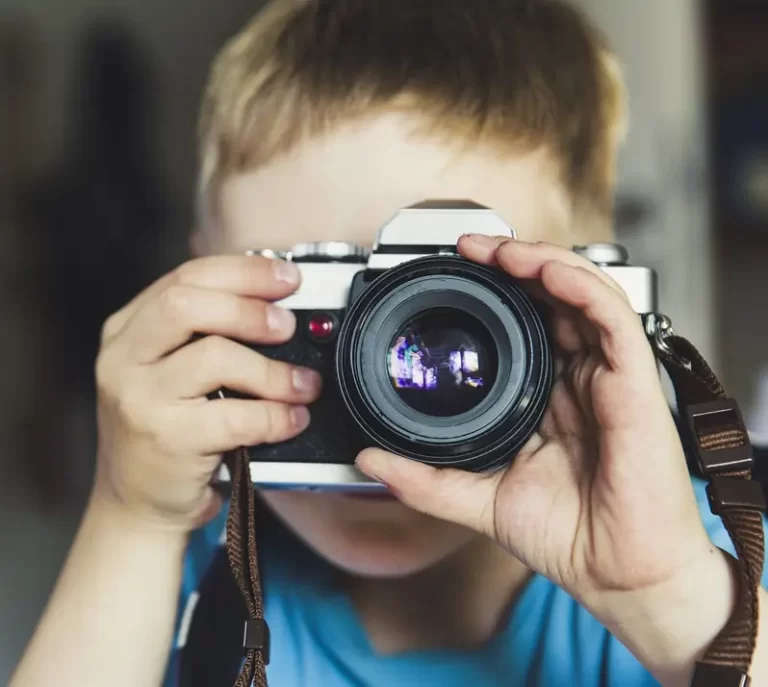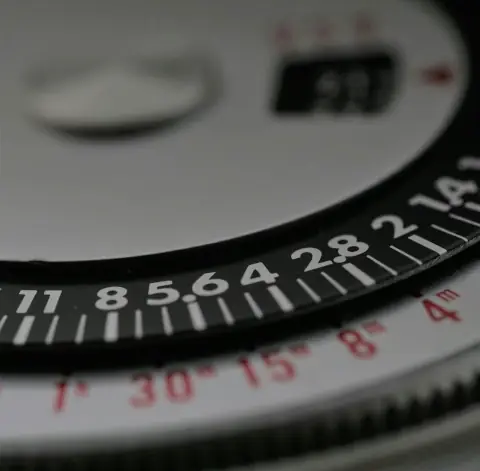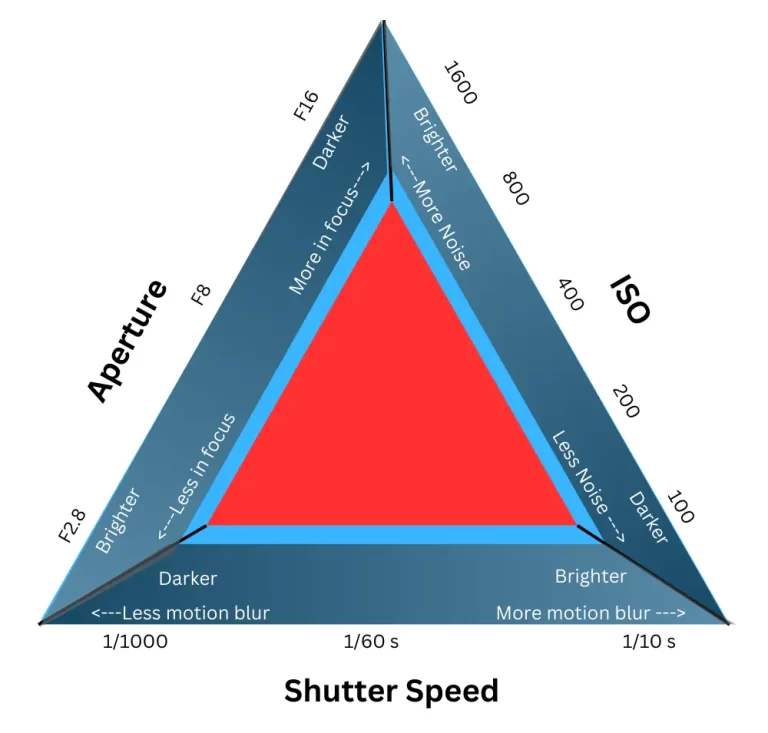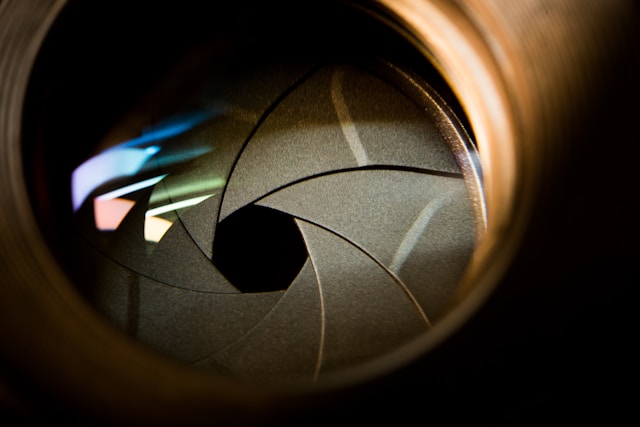GROWING INTO PHOTOGRAPHY

Growing into photography was a gradual process. After I was gifted my first digital camera, I immediately went out and shot anything and everything. Thinking “ Wow, that looks neat, let’s try and capture that.” I didn’t understand that I would need to grow into photography at first.
Rapidly filled the small memory cards from then with what I thought should have been very fine images. I get home and upload them onto my computer. Eagerly waiting while the previews loaded on a larger screen. Only to be mostly disappointed with the results. Small wins, a handful of images that still take me back to that day drove me forward. Igniting a persistent passion for capturing these moments, and growing into photography over time.
The Journey from Sea to Shutter: A Dual Perspective
Photography was fairly easy to integrate into my fishing career. I was already in and traveling through some of the most scenic areas of Puget Sound. Traveling across the waters of Puget Sound is inspiring enough. How to do a little bit of justice to those scenes was my next focus. Applying my persistence, patience, and thirst for knowledge came naturally. My willingness to try something new also transferred well, especially since I wasn’t burning up the film. Instant feedback after the shot helps get a feel for what actually was captured.
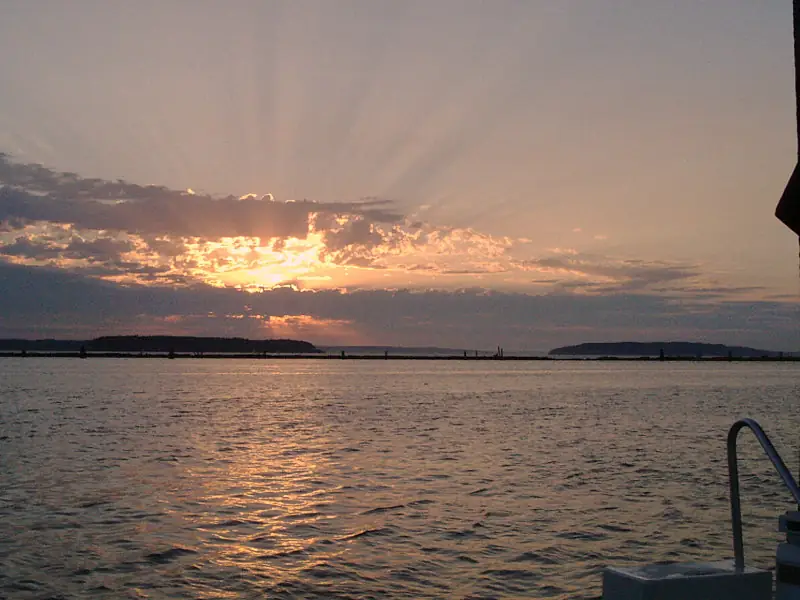
Lessons from the Sea: Applying Fishing Wisdom to Photography
Seeing the shot off to the side, or behind you instead of intently focusing on one place can also help to get greater rewards. Opportunity comes from unexpected places and if you’re not looking for it then you can miss out. Timing for the best light, or the most active period for fish activity. Knowing when to apply which technique and sometimes to not forget just to enjoy the scene and take it all in.
Casting the Visual Net: Tips for Improving Composition
The way images are constructed is important to the visual impact of these pictures. What kind of story should your image tell, guide the viewer’s eye through the frame? Leading lines can pull the eye into the image, creating depth. Lining components up along the rule of thirds lines keeps things asymmetrical. Shooting through objects also creates depth and can draw people into your photos. Focus, light, and color can also be used to draw the eye. In focus areas draw attention before defocused areas, bright areas over dark areas and bright colors over others.
Navigating Light and Shadows: Harnessing Nature’s Influence
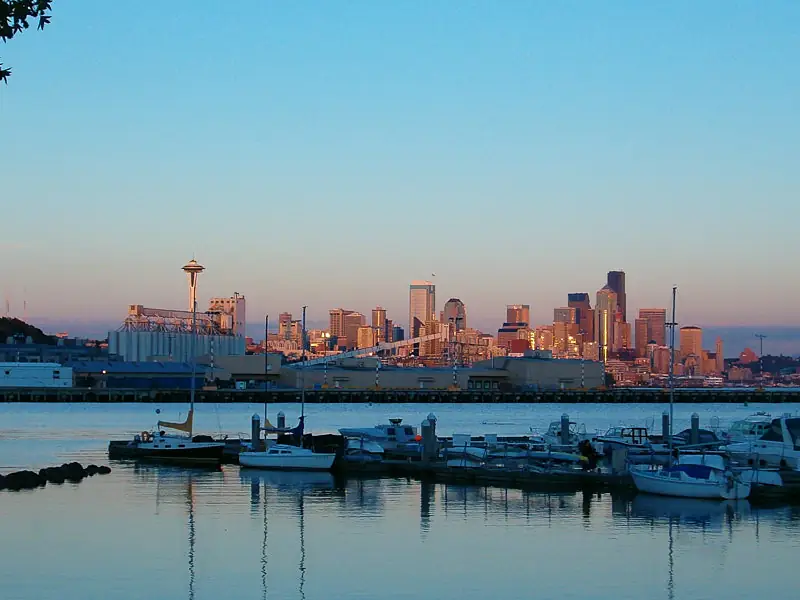
Photographs and our visual perception of the world would not exist without lighting. Our eyes do not operate in the same way as cameras. We need to understand how to use light. Whether that is with strobes in a studio or out in the wild shooting a lonely beach. Using lighting effectively is another skill that can add impact to your image, and aside from technical failings, make the photo work.
Golden Hour Insights: Capturing Nature’s Lighting Masterpieces

Outdoor photography can benefit from using the golden hours. The time before the sun sets and right after it comes up; about an hour on either side; where the light takes on a golden hue. Before dawn and after sunset comes the blue hours. A good time to watch interesting landscapes or outdoor compositions. This time presents unique opportunities because the light is better than in typical mid-day conditions; lower angle, more directional, and softer with a warm tone. Softer, more flattering light regardless of if your subject is a sprawling vista, an individual tree, a flower, or a portrait. Work the angles, move around your subject, and pay attention to the way the light plays across the surface.
Shadows as Assets: Embracing Contrast and Drama
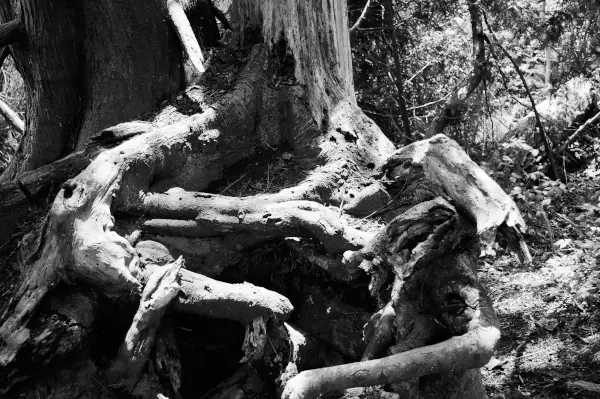
Shadows are equally as important as the brighter places of photos. The softness or hardness of the light affects the transition between shadow and highlight. “Hard” light is very small (relative to the subject) and characterized by dark, sharp shadows. You can think of this like a sunny day outside. “Soft” light is larger sources (again, relative to your subject) and characterized by light and oftentimes indistinct shadows. Think like a cloudy day outside.
Anchoring Emotions: Telling Stories Through Photography

The dark and light always battle. Sometimes a clearly demarcated line, other times taking the entire frame to subtly change. Using this interplay creatively helps to tell a story, the placement of shadows within a frame relative to our subject can add emotion. From chaotic high contrasty scenes to more soothing captures of calm evenings on the beach. Experiment to add feelings to your photos. Focus on making photos deliberately vs. snapping frames without thinking. Observe your subject, and look for different angles, and other things nearby that you can add or subtract from the composition in interesting ways. The more thought and effort you put in, the more impactful it will be to others as well.
Freezing Moments: Capturing Action in Still Frames
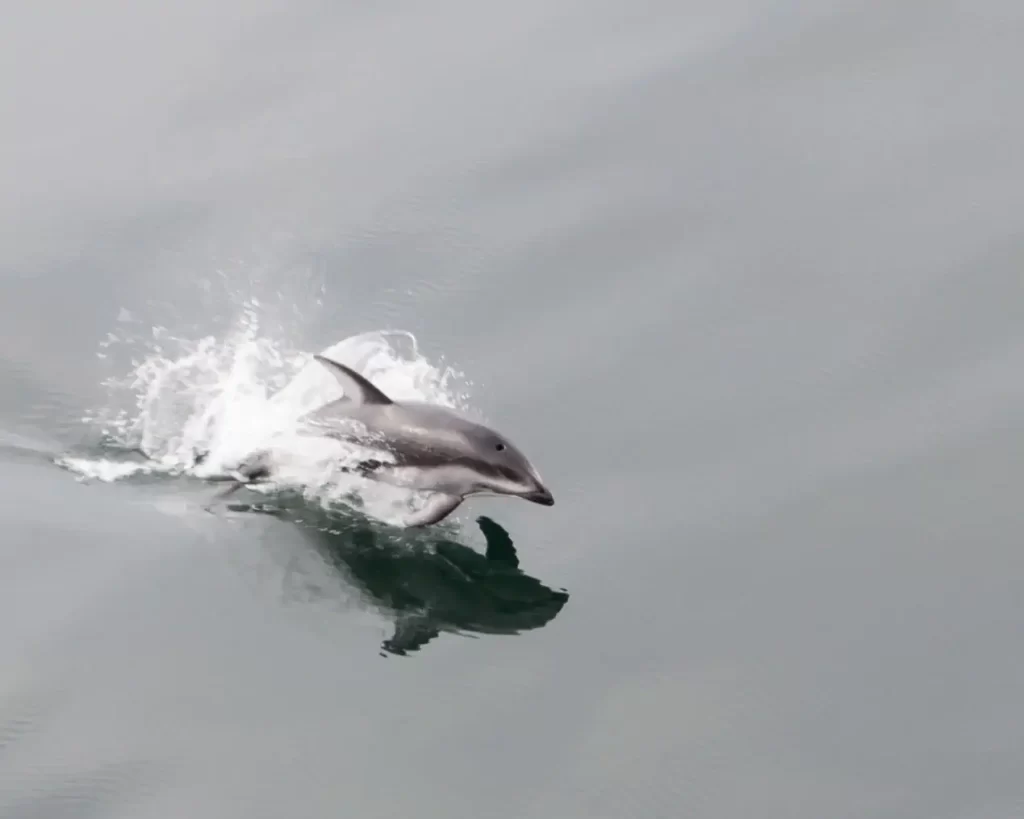
Fishermen know how to capture the rush of the moment when they reel in a big one. Translate that energy to your photos – catch the action in still frames. Use very fast shutter speeds to freeze action, crisply stopping one moment in time. The perfect wing position on that bird in flight, or animals mid-pounce. Even speeding cars crisply captured.
Go take photos:
“Your First 10,000 Photographs Are Your Worst” – Henri Cartier-Bresson
There is a lot of truth in what one of the old masters once said. Your first 10,000 photographs encompass a large amount of experimentation, trial and error and learning. Each technique taken to heart and studied to understand over time. Every interaction between camera settings and components in a scene telling a different story. Come along with me as we dive in from the beginning again. Refreshing my understanding of the foundations and reminding me why I still enjoy the art and science of making images, while not forgetting to take in the scenes that my life lays before me andconstantly growing into photography.


